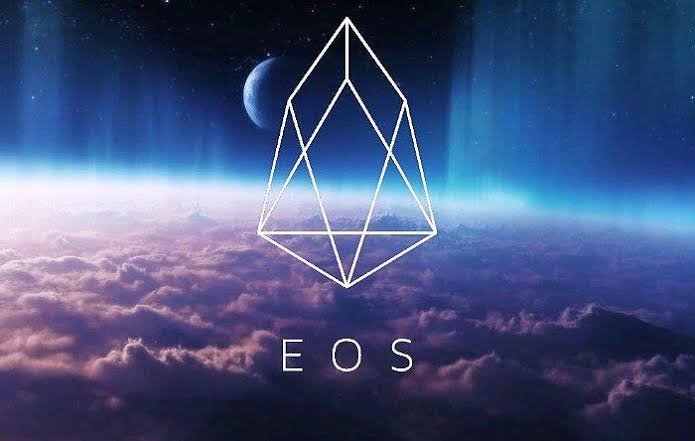Will EOS ever replace Ethereum at the top?
EOS made a shocking introduction to the blockchain community in July 2017. In the space of two years, EOS moved from being just a new cryptocurrency to being among the top five cryptocurrencies. With so many amazing features, a lot of people have high hopes for the blockchain project.
In this article, we will talk about EOS, its features, and its limitations. Are you ready for this journey? Let's go.
What is the EOS blockchain?
The EOS blockchain is a decentralized platform that is intended to host and support decentralized applications. The decentralized applications are applications that run on a distributed computing system. The EOS blockchain supports the smooth running of decentralized apps on a commercial level.
The EOS blockchain uses the Proof-of-Stake consensus algorithm. This helps developers to offer solutions to the scalability issues affecting many cryptocurrencies. With its low to negligible transaction fees, developers process millions of transactions every second.
Before we move ahead to highlighting the features and limitations of the EOS blockchain, let's go down memory lane to when it all started.
Background History of EOS
The creator of Bitshares and Steem, Dan Larimer, created EOS in June 2017. He created the platform as a host for decentralized applications (apps). Latimer built EOS to host and run web applications across a blockchain network. With the aid of smart contracts and governance systems, the platform can also set up Decentralized Autonomous Organizations (DAOs).
The blockchain launched its ICO in 2017 raising a record high of $4.1 billion. When the blockchain went live in 2018, it was the fifth-largest cryptocurrency in the market. Over the years the cryptocurrency has become so popular and is listed on many exchange platforms such as Binance, Coinbase, OKEx, Kraken, and many more. Now that we have a background on how EOS started, let's talk about some of the features that attract EOS to users and investors.
Features of EOS
There are many attractive features to the EOS blockchain. One amazing feature is the flexibility of the protocol. The EOS blockchain uses the Delegated Proof-of-Stake (DPoS) protocol. The Delegated Proof-of-Stake (DPoS) protocol is similar to the Proof-of-Stake protocol. However, when it comes to staking, the DPOS protocol acts based on the votes taken by delegates who act as witnesses. You don't need to have a large stake to be a witness, but you will have to fight for more votes from users to be one.
Another amazing feature that makes EOS stand out amongst its predecessors and competitors is how scalable the blockchain is. Scalability is a major issue in the blockchain ecosystem especially for blockchain protocols that are still using the Proof-of-Work consensus algorithm. With the help of DPOS, the EOS blockchain can process thousands of transactions each second.
In EOS, you can maintain governance by establishing jurisdiction and choice of law along with other mutually accepted rules. Every transaction done in the EOS blockchain must include the hash of the constitution to the signature. This binds the users to the constitution.
Advantages and Limitations of the EOS Blockchain
We've come a long way talking about what the EOS blockchain is and its amazing features. In this section, we will discuss some advantages that come with the EOS blockchain.
One of such advantages is that EOS transactions are fast. They are so fast they can not be compared to the transaction speed of Bitcoin and Ethereum combined. Rather than a hard fork to improve transaction speed, EOS upgrades each time there is a software upgrade to ensure the blockchain protocol can handle millions of transactions every second.
Despite the amazing features, there are some limitations to the EOS blockchain. The number of competitions is high. Apart from Ethereum, there are others such as NEO, RChain and so many more. However, EOS does not seem to promote its services as much as other competition. There have been more blockchain projects offering scalability as a solution to the pressing issues with the first generation blockchain projects. However, it seems that these projects promote their products more than EOS and it leaves the blockchain project struggling to attract more investors compared to its competitors.
Another issue is that most people argue that the network is more centralized. Why? That's because EOS was designed to rely on only 21 block producers to confirm all transactions. Since EOS depends on voting, less vote turnout could lead to further decentralization.
Despite these limitations, the future is bright for EOS as more people become interested in the project and are willing to invest in it.
Conclusion
It's hard to say whether EOS will ever replace Ethereum at the top, but it is easier to determine how EOS will be in the future. With a strong community and its amazing features, we're safe to say that EOS is here to stay.
Posted Using LeoFinance Beta
